Known as the ‘last paradise on earth’, the Galapagos Islands bear no comparison. With its distinct species, diverse landscapes, and teeming waters, visiting this archipelago is a once-in-a-lifetime opportunity.
Formed through volcanic eruptions dating back four million years, the Galapagos are a natural laboratory that has achieved a delicate balance between conservation and tourism in recent years.
The team at Academy Bay Diving are thrilled to share our unparalleled home with visitors as part of our Galapagos Diving Trips and our Galapagos Land Tours. We’ve created this guide to the 18 Galapagos Islands to help you discover more about this archipelago and what you can expect. Keep reading for our insider information, or get in touch with us if you have any questions.
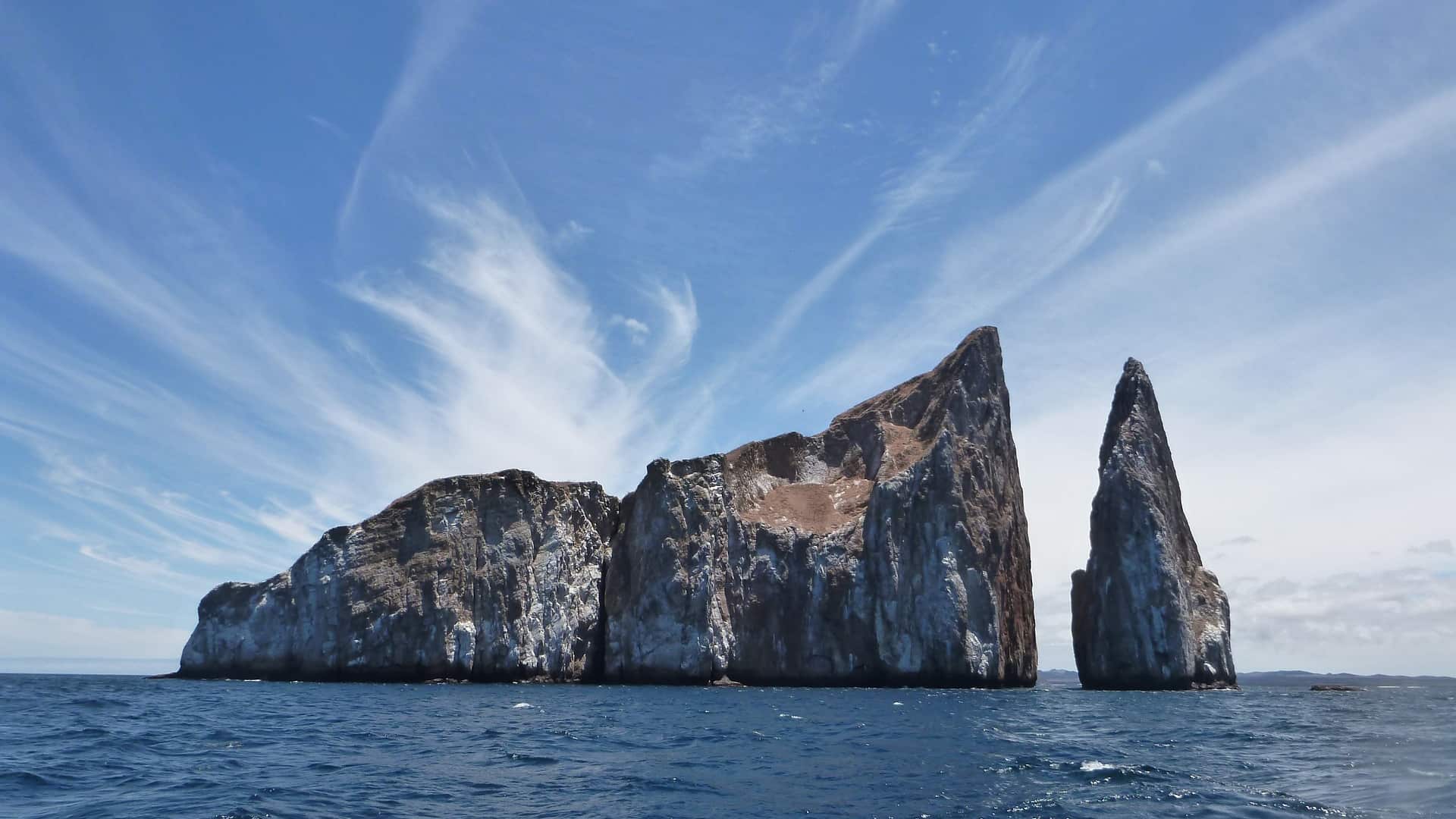
While the Galapagos Islands consist of 127 islands in total, there are 18 main ones, each with its own unique characteristics and features. To learn more about how to visit the islands, check out our Guide to the Galapagos Islands.
Below, we break down the major isles individually, from the most photographed to the most volcanically active, and even the home of the vampire finch…
Located near the center of the archipelago, Baltra Island is where most visitors to the Galapagos arrive. It’s the home of the main airport, the Seymour Airport, from where people can travel to the archipelago by ferry or through additional flights. While Baltra does not form part of Galapagos National Park, you can still spot wildlife on arrival, such as sea lions, iguanas, and finches.
While only home to about 150 people today, Floreana Island has an intriguing human history. It was the earliest inhabited island in the Galapagos, with the first settler said to have been an Irish sailor who was marooned on Floreana in 1807. Subsequent colonies sprung up on the island, yet they were often mired in violence and mostly failed.
One of the most popular sites on the island is Post Office Bay. Here, a rudimentary post office in the form of a barrel was set up in the 18th century to send letters. Visitors still use it today and may choose to deliver letters they find once they leave the island.
On our Floreana Day Tour, we visit caves where pirates took shelter, see giant tortoises, and enjoy some of the best snorkeling in the Galapagos as we swim with sea lions and turtles!
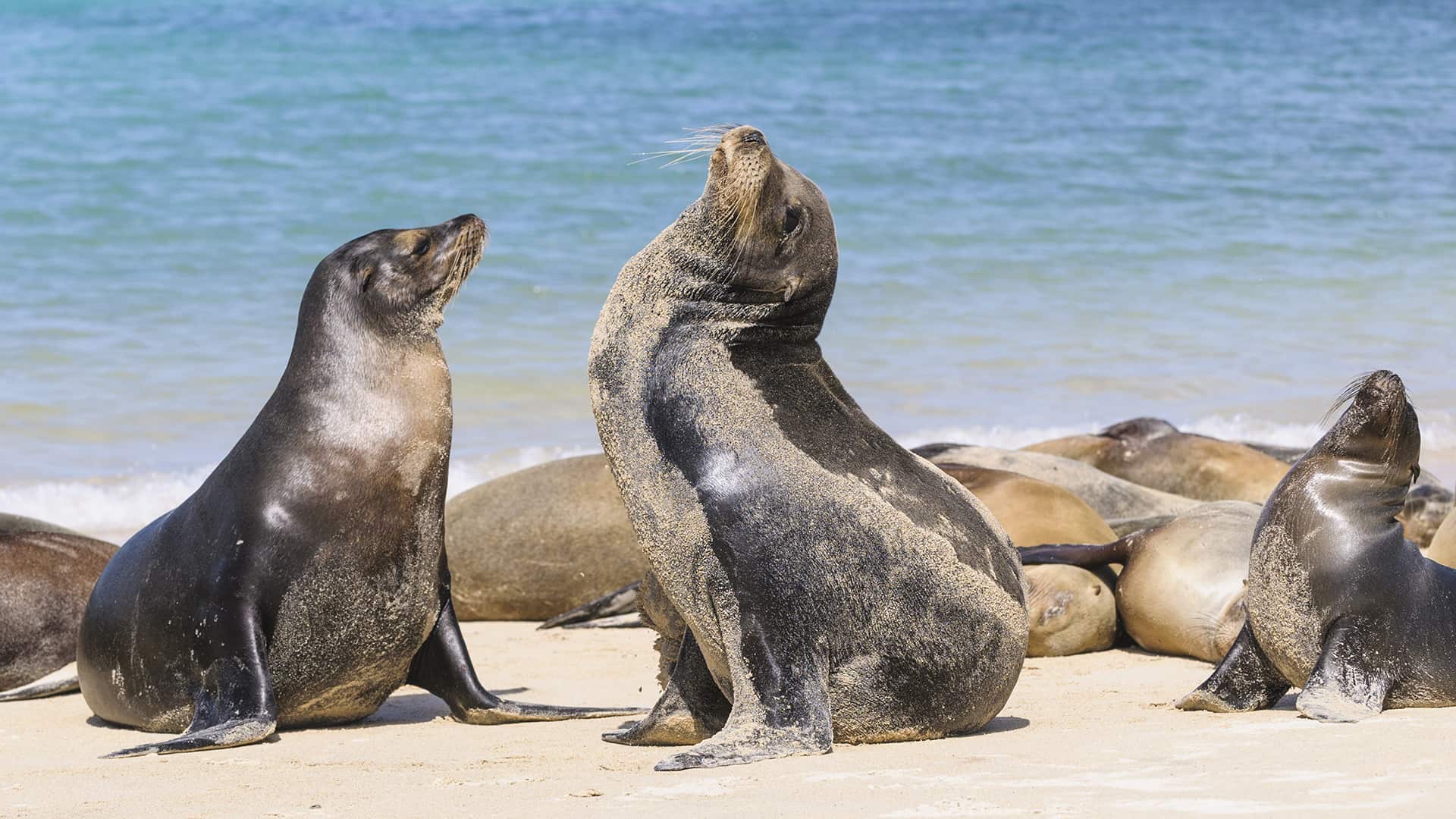
Spanning over 4,5000 square kilometers, Isabela is both the largest and one of the most volcanically active islands in the Galapagos. The Sierra Negra volcano towards the south of the island has the second-largest caldera in the world and makes for one of the most popular hiking trails in the archipelago.
Isabela Island has one town, Puerto Vilamil, home to nearly 2,000 people. It’s also home to highly endangered species found only on the island — the pink land iguana and the mangrove finch.
Our Isabela Day Tour visits Puerto Vilamil along with the Giant Tortoise Breeding Center, where a number of species are bred. We also visit the picturesque Las Tintoreras, where you can spot white-tipped reef sharks and Galapagos penguins.
There are a number of features that make San Cristóbal Island stand out: it’s one of the oldest islands on the Galapagos, the only one with a permanent source of fresh water, the most fertile island in the archipelago, and home to the oldest permanent settlement. It’s possibly most well-known as where Charles Darwin first landed in the Galapagos. In 1835, Darwin set foot on the island, beginning his journey that would lead to his theory of evolution. There is even a statue commemorating Darwin located in Puerto Baquerizo Moreno, the capital of Galapagos.
Today, San Cristóbal is home to around 6,000 people as well as an abundance of wildlife. The lush landscape, blissful beaches, and incredible rock formations offer a breathtaking welcome to visitors, as it has done since Darwin’s arrival!
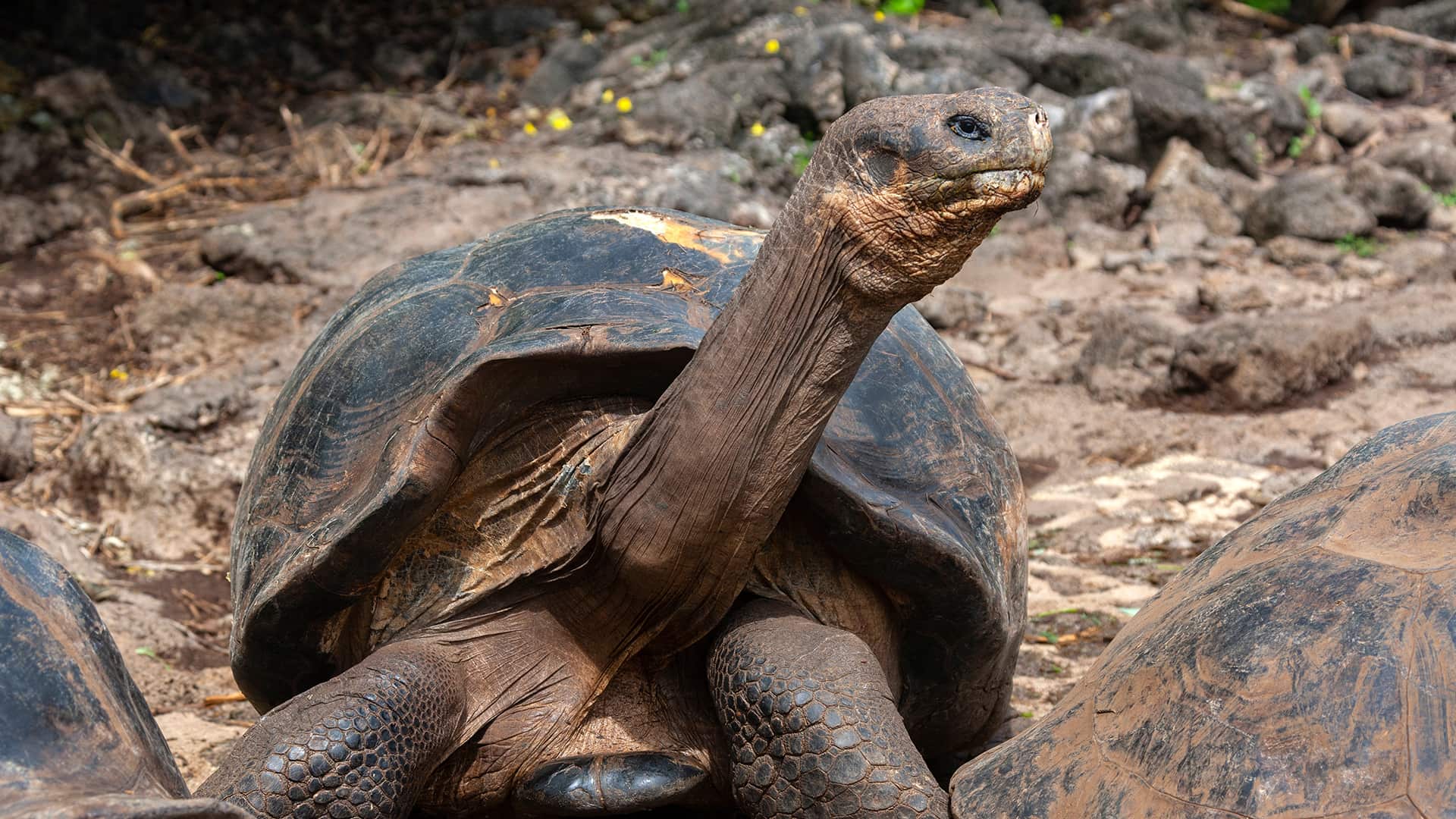
With a population of 12,000 people, Santa Cruz is the most populated of all the islands. The urban town of Puerto Ayora provides a stark contrast to the otherwise wild landscapes of the Galapagos and serves as the main tourist hub of the archipelago, thanks to its close proximity to the airport on Baltra.
While you’ll find a number of accommodation options and restaurants here, there are still plenty of natural attractions. Tortuga Bay offers a long stretch of beach dotted with marine iguanas, while at the El Chato Tortoise Reserve, you can admire giant tortoises in their natural habitat.
Academy Bay Diving is located in Santa Cruz, and we go deep into the island as part of our Highlands Day Tour. You’ll get to walk inside phenomenal lava tubes, visit volcanic craters, and spot an incredible array of birdlife, including Darwin’s finches.
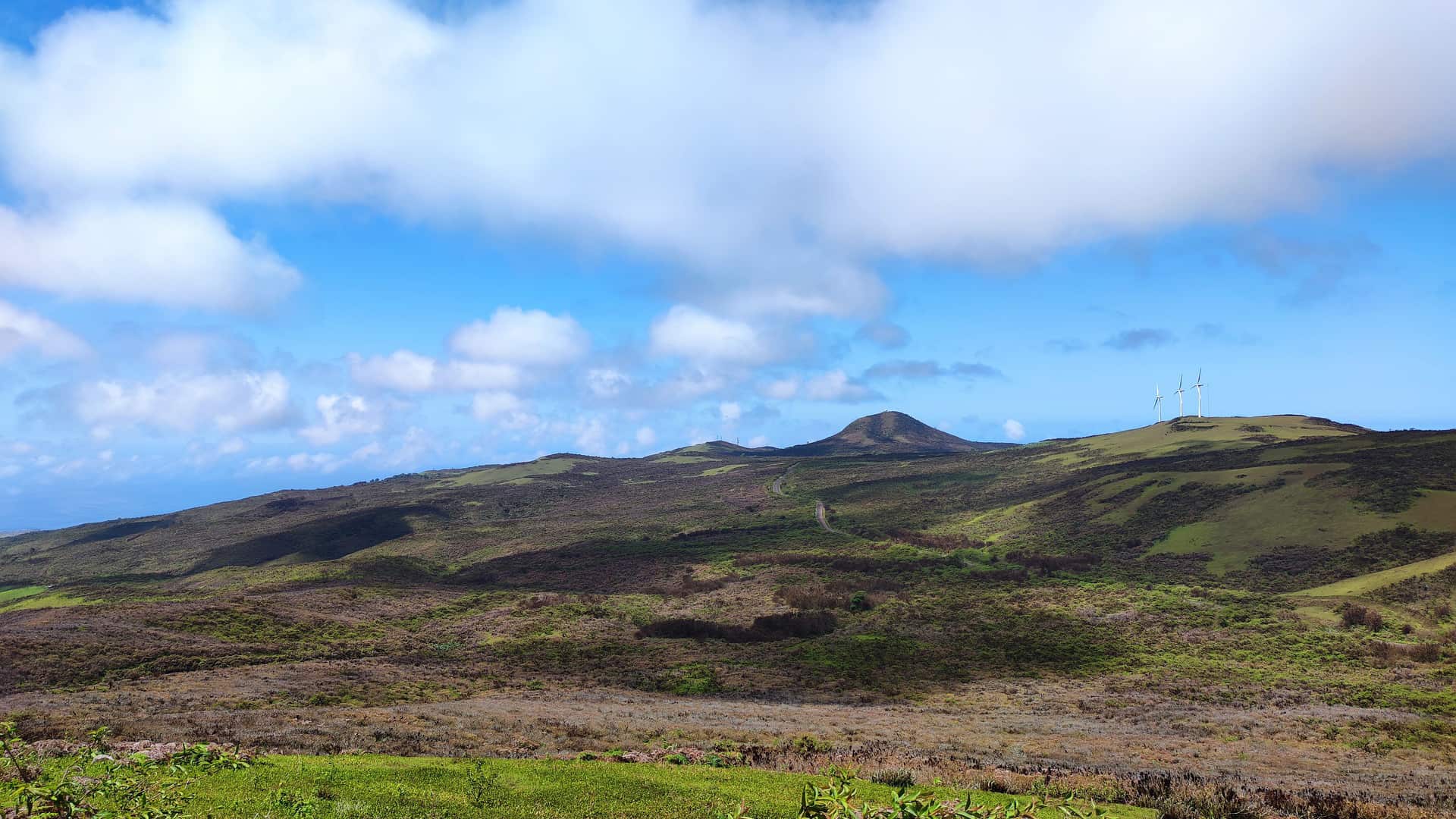
When you think of the Galapagos Islands, Bartolomé Island is likely what comes to mind. The most photographed island in the archipelago, Bartolomé has become synonymous with the Galapagos.
This largely barren island offers stunning panoramas of the region, while its waters are filled with life. You can join our Bartolomé Day Tour and walk through the martian-like landscape and take a boat to the iconic Pinnacle Rock, where you can get up close to the Galapagos penguins. Don’t forget your camera!
At the northernmost end of the Galapagos, Darwin Island is solely inhabited by seabirds. This doesn’t mean it’s any less exciting. The waters surrounding the isle offer some of the best diving in the archipelago. Swarming with schools of hammerhead sharks, green turtles, and manta rays, Darwin Island is a thrilling location. Keep an eye out for its incredible rock formation Darwin’s Pillars, previously named Darwin’s Arch before the roof collapsed.
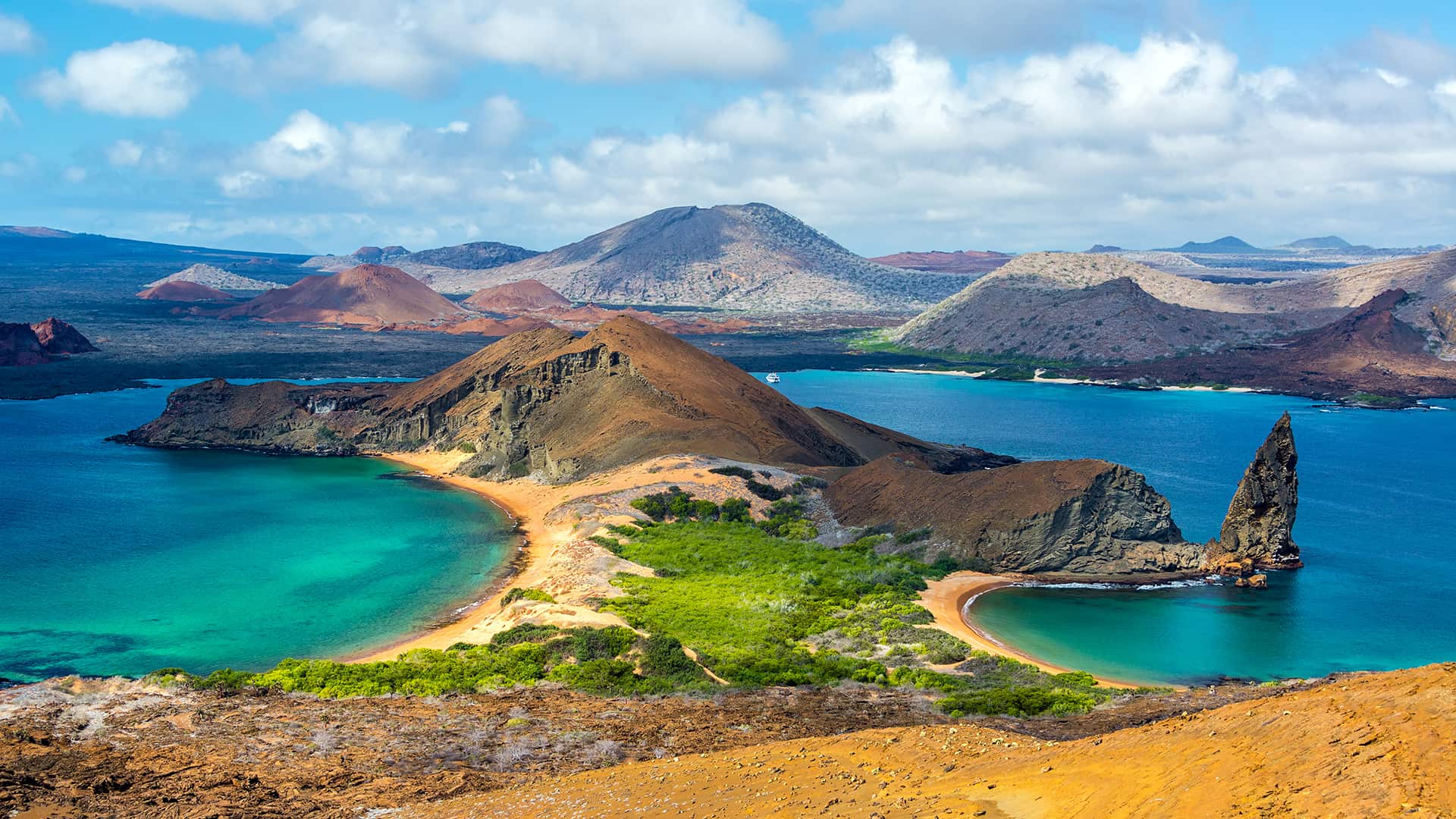
At the southernmost point of the Galapagos, Española Island formed over four million years ago, making it the oldest in the archipelago. Española Island has never been inhabited by humans, resulting in it having a high number of endemic species including the Española mockingbird, lava lizard, and giant tortoises.
However, the most famous species here is the waved albatross, the largest bird in the Galapagos. When visiting the island, you can see the waved albatross colony which numbers between 25,000 to 30,000 — nearly the entire world population!
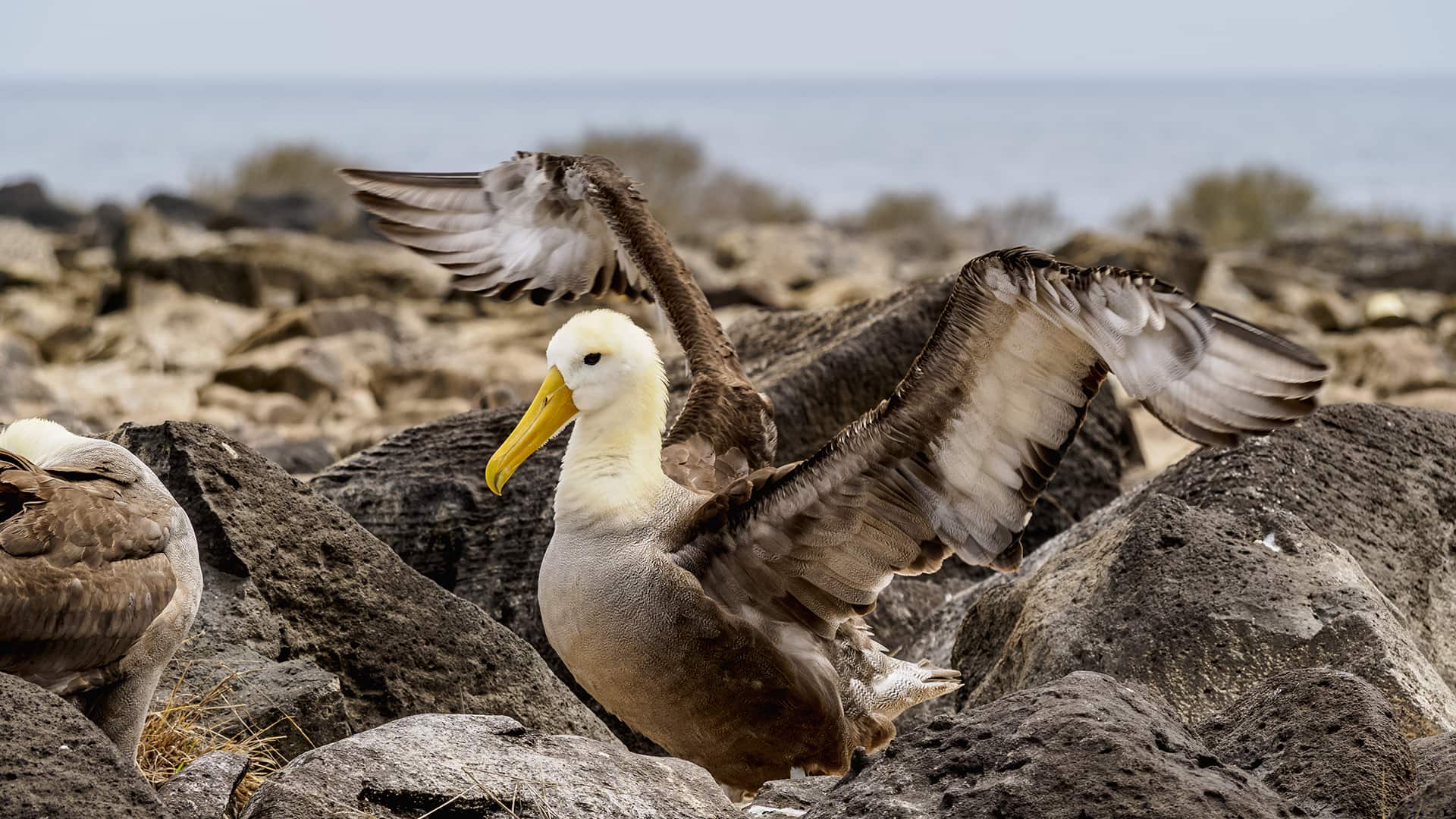
Fernandina is the youngest island in the Galapagos and the most active, with the most recent eruption taking place in 2024. It’s also the most pristine island, with just one visitor site, Punta Espinosa. You can admire the abundance of marine iguanas and flightless cormorants, as well as Galapagos penguins and sea lions. Walk across a lava field towards aa flows, and look out for the endemic lava cactus that flourishes after eruptions!
Known as “The Bird Island”, Genovesa is teeming with a variety of bird species. Here, you are guaranteed to see the red-footed boobies, which have a population of 200,000 on the island. Frigatebirds, Nazca boobies, petrels, mockingbirds, finches, gulls, and the Galapagos short-eared owl can all be found here, so be sure to pack your binoculars.
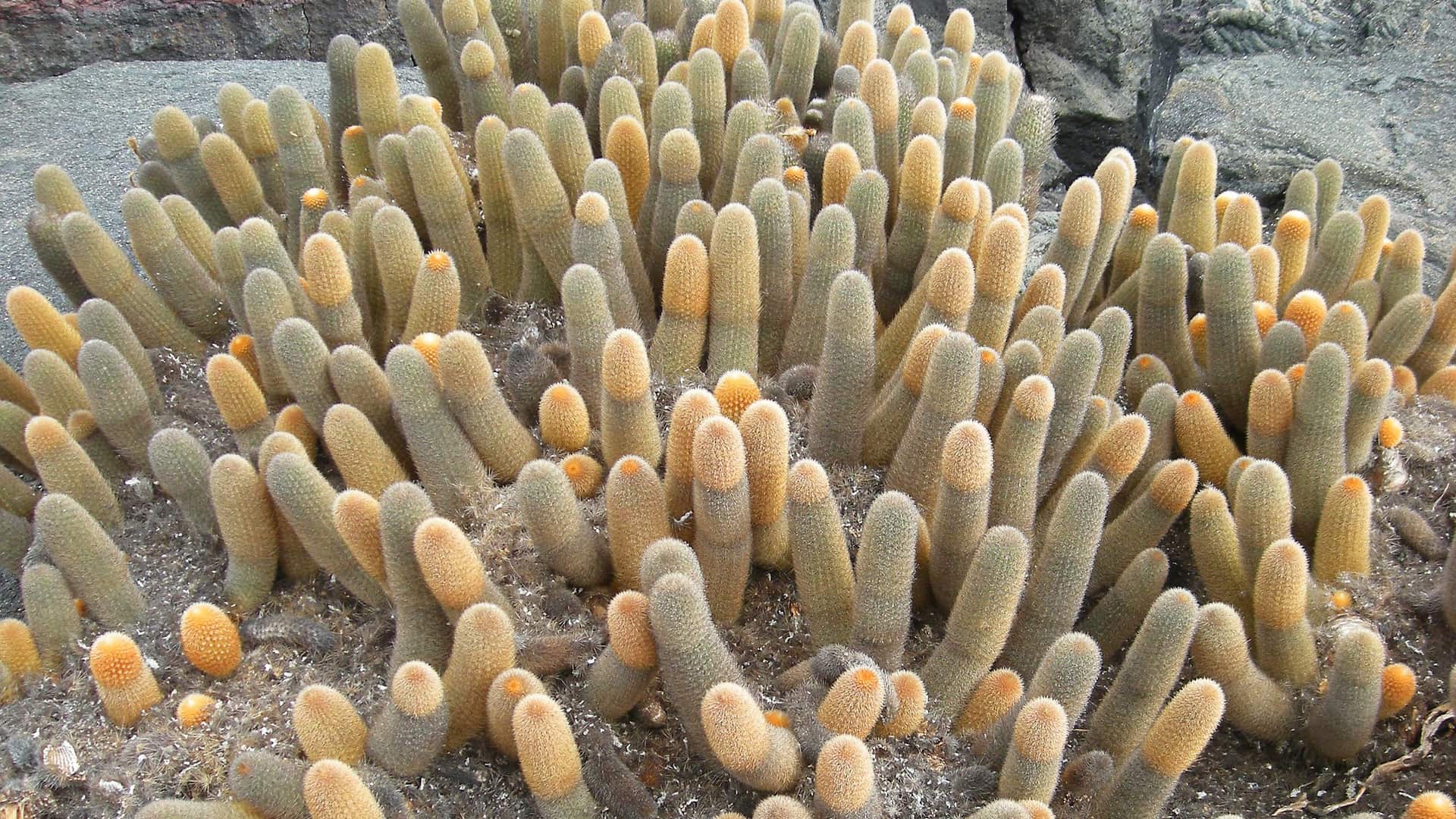
Despite being the largest of the northern islands, no tourists can step foot on Marchena. This island is even seldom visited by park officials or conservationists. While the land may be inaccessible, there are two dive sites on the island that are major attractions. At Punta Espejo, you have the chance to swim with hammerheads and Galapagos sharks, while at Punta Mejia you’ll find an abundance of rays and eels.
Home to the largest colony of the magnificent frigatebird, one of the largest populations of sea lions, and nearly 2,500 land iguanas, North Seymour Island is bustling with wildlife. You can follow a loop trail on the island to spot even more species such as blue-footed boobies and marine iguanas, while on the sandy islet of Mosquera you can admire a colony of sea lions. On our North Seymour Day Tour, we see all these species and more as we go snorkeling among reef fish and rays!

Despite its nickname of the “Devil Island”, Pinzón Island has been a site of hope in the Galapagos. It has its own species of giant tortoise which has seen a resurgence in numbers thanks to conservation efforts. While the island is restricted to visitors, you can snorkel in Penguin Bay and encounter an array of species during our Pinzon & La Fe Beach Snorkel Day Tour.
Pinta Island is most famous as the home of Lonesome George, the last tortoise of his species who died in 2012. Pinta tortoises were captured in the 1800s by whalers, and their population was further decimated by the introduction of invasive species.
Lonesome George was kept at the Charles Darwin Research Station in Santa Cruz for his own safety until he died, becoming a symbol of conservation. While there are no visitor sites on Pinta Island, you can dive in the surrounding waters, or visit the Charles Darwin Research Station to see the taxidermied Lonesome George.
Nicknamed after its distinct colouring, Rábida Island got its red hue from the high iron levels in the lava that created it. This striking island has one access point, from where you can see brown pelicans nesting, flamingos feeding, and sea lions resting. At a dive site to the north of the island, you can also swim with eels, rays, and turtles.
One of the oldest islands in the archipelago, Santa Fe Island is also home to two species endemic to the island: the Santa Fe land iguana and the Santa Fe rice rat. Up to 7,000 land iguanas live on the island, while the rice rat was the only species of rodent to occur on the island before the arrival of rats on ships.
As part of our Santa Fe Day Tour, you’ll get to explore the exceptional forest of giant cacti and spot the unique land iguanas. We also offer a Santa Fe & Playa Escondida Snorkel Day Tour, where you can swim with sea lions!
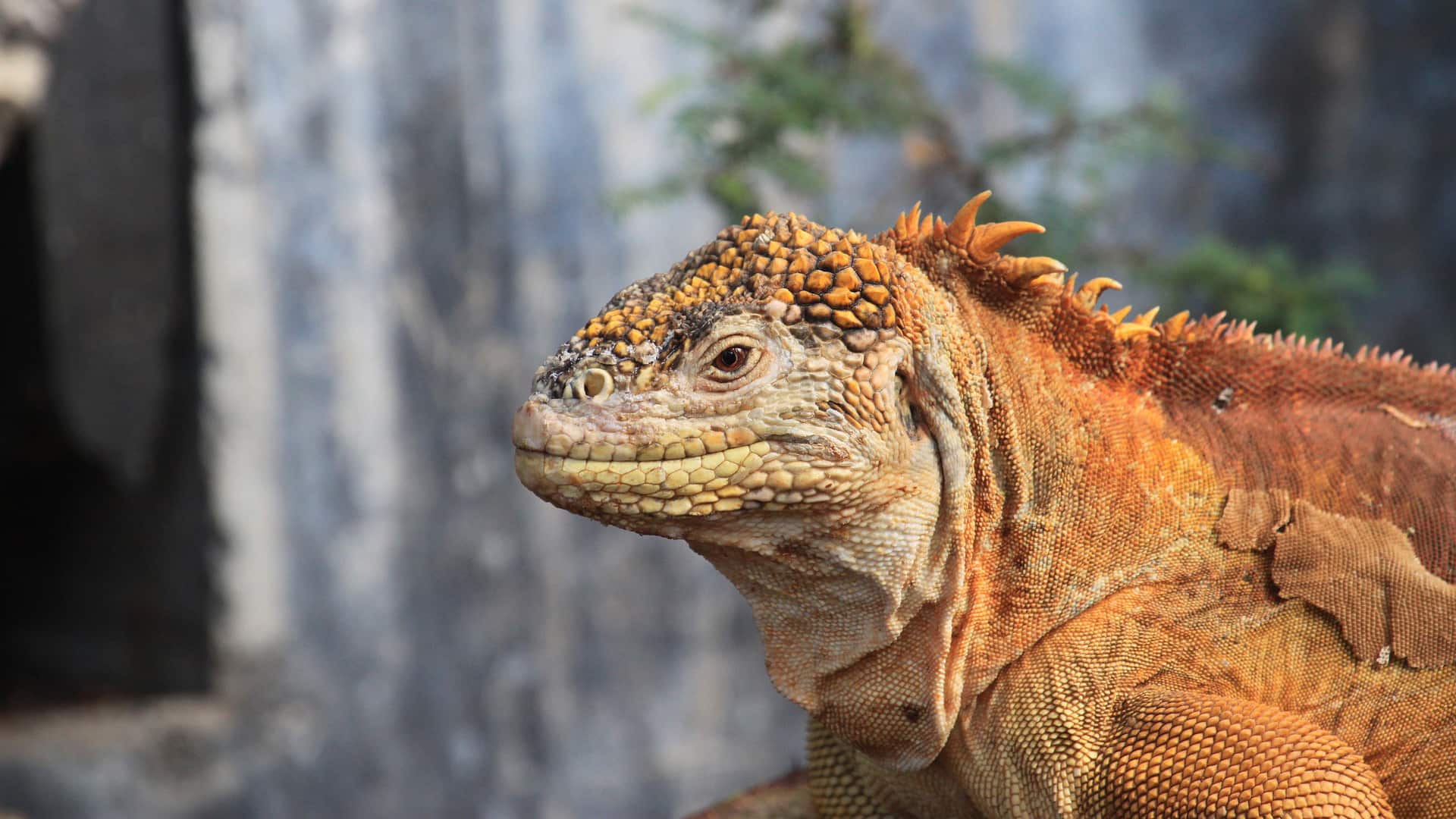
The uninhabited island of Santiago is one of the most popular stops on tours of the Galapagos. This intriguing island features geological marvels with pyroclastic cones and black pahoehoe lava flows which you can walk over.
While salt mining took place on the island with deleterious effects on the environment, many species on Santiago are on the rebound. Keep your eyes peeled for Galapagos fur seals, penguins, and Galapagos hawks, or go snorkeling with the marine life.
While there are no wolves on Wolf Island, there is one unusual creature — the vampire finch. This bird feeds on the blood of Nazca and red-footed boobies during times of drought, which the boobies seem not to mind.
Tourists today can’t visit the island itself, but it is home to a popular dive site where you can spot hammerheads, Galapagos sharks, and even the occasional whale shark.

Of the 18 major islands in the Galapagos, only five cannot be visited on land: Wolf Island, Pinta Island, Pinzón Island, Marchena Island, and Darwin Islands. However, each of these still have dive sites where you can encounter marine life and admire the islands from the ocean.
The main islands are accessible by ferry, while Isabela Island and San Cristobal Island can also be reached by plane from Baltra Island. One of the best ways to visit the islands is on a tour, where knowledgeable guides will arrange your transport and take you to the best sites. We offer multi-day Galapagos Islands Tour Packages which stop at a number of different islands and include scuba diving, of course!
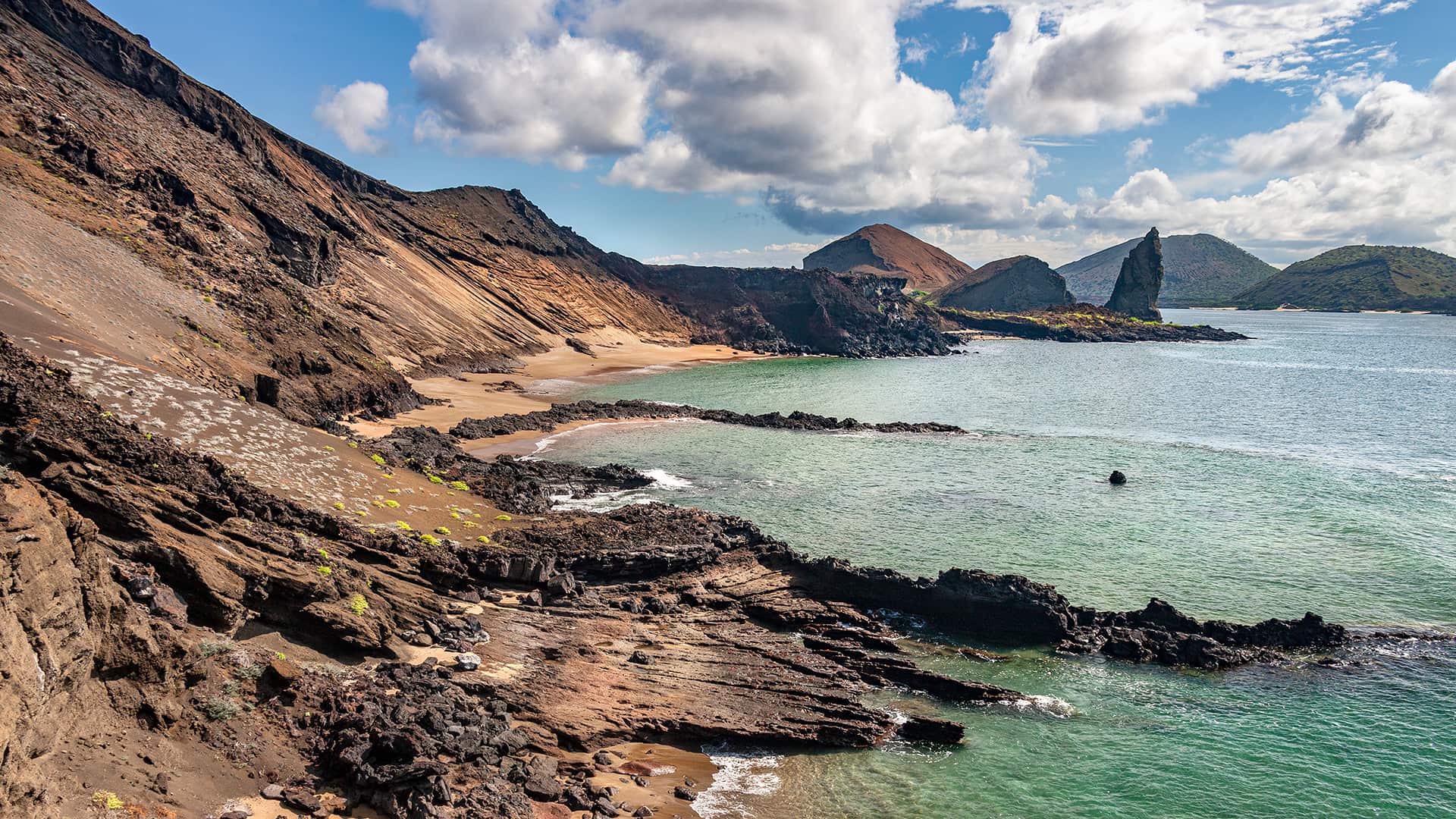
When deciding which Galapagos Islands to visit, the choice will come down to what you most want to see and experience. For the best pictures, you’ll definitely want to head to Bartolomé Island, while amateur geologists won’t want to miss Santiago Island. One thing is certain — wherever you go in the Galapagos, you will encounter wildlife, both on land and underwater. To learn more about the incredible species found here, you can read our Guide to Galapagos Wildlife.
At Academy Bay Diving, we’re committed to sharing this paradisical archipelago and providing our guests with lifelong memories. So if you want to see the best of the Galapagos, make sure you visit us on Santa Cruz Island! And if you have any questions about our excursions, don’t hesitate to get in touch with our team.